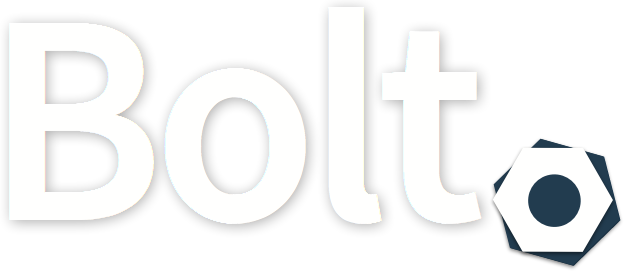Introduction to Laravel
(for WordPress developers)
Slides: bit.ly/2CseAwi
About Me
- I live in Austin with my wife Emily and our cat Banana
- I'm a web developer at ReviewPush (mainly using Laravel)

- I previously worked primarily with WordPress - theme & plugin development
- I enjoy travel, hiking, board games, good food, coffee, and craft beer
- Pretty much everywhere as @dabernathy89
Shameless Plug

Talk Overview
- Framework vs content management system
- Comparison of concepts & architecture
- Sample Laravel application
Framework
- A collection of utilities, usually unified by a defined architecture
- Comes with few to zero user-facing features
- Various methods of extension - packages & service providers in Laravel
- Virtually unlimited flexibility
- Built for developers only
CMS
- A complete application, ready to be used for managing content
- Often built on top of a framework (sometimes part of the CMS, as with WordPress or Joomla)
- Various methods of extension - themes & plugins in WordPress
- Limited flexibility
- Built for developers and/or end users
Framework
CMS
PHP Examples










Laravel Overview
- Created by Taylor Otwell in 2011
- Currently on version 5.5
- MVC-ish style architecture
- Contains a variety of features that can be used to build any kind of web application
- Additional libraries & tools exist in the Laravel ecosystem that aren't bundled with the framework
Laravel
- Simple apps tend to follow Model-View-Controller
- No strict architecture enforced
- Service Container assists with extending framework
- Allows for event-driven code
WordPress
- Event-driven: actions/filters are used both within core and to extend core
- See Tom McFarlin's post on MVC vs event-driven pattern
Architecture
Laravel
- Simple routing system maps URLs to corresponding logic (controller)
- After Laravel maps a URL to a controller, everything is up to the developer
WordPress
- WordPress converts a URL to a query & picks template
- Relies on rewrite rules: regular expressions, modified via filters
- See intro to this Roots.io blog post
- WordPress request diagram
Lifecycle
Laravel
- System for mapping Events to Listeners
- Events hold data; listeners act on Events
- Events can be `dispatched` from anywhere
- Events can easily be queued
- No equivalent of WordPress filters
- Available but not required
WordPress
- Hooks: actions and filters
- Actions trigger custom code and pass data
- Filters trigger custom code, pass data, and receive data back
- Synchronous
- Essential to WordPress development
Events vs Hooks
Laravel
- Entities typically represented by Eloquent Models
- Columns / properties entirely up to developer
- Models can have various relationships with other models
- Eloquent lets you easily query data, including related entities, and filter/paginate
WordPress
- Many entities are built-in to WordPress (users, posts, pages, menu items, images, etc)
- Custom entities tend to be Custom Post Types
- WP Query is used to easily query data and filter/paginate
Eloquent vs WP Query
Laravel
- Tool for building and processing simple to complex SQL queries
- Often used in conjunction with or instead of Eloquent
- Eloquent extends the Query Builder
WordPress
- Relatively simple class for running queries directly against database
- Developers encouraged to use WP Query instead when possible
Query Builder vs WPDB
Laravel
- Custom templating language similar to Twig, Mustache
- Data is generally fetched in controller and passed to template
- Developer determines which view (template) to load
- Highly modular
- Only has access to data passed to it
- Structured outside --> in
WordPress
- Plain PHP
- Data is generally fetched inside the template ("The Loop")
- WordPress determines which template will be loaded; can be altered via hooks
- Can be modular
- Global scope
- Structured top --> bottom
Blade vs Template System
Laravel
WordPress
Other Similar Features
| Cache Artisan Console User Authentication Gates / Policies Task Scheduling Localization |
Transients API / wp_cache WP-CLI User Authentication Roles & Permissions wp_mail WP Cron I18n / l10n |
|---|
Some Unique Laravel Features:
- Middleware
- Collections
- Validation
- Broadcasting (websockets)
- Queues
- Filesystem
- Migrations / Seeding
Some Unique WordPress Features:
- HTTP API
- Metadata / Options
- Settings API
- Menu System
- Media Library
- Widgets
- Various other CMS features
Sample Application: TodoMVC Back End
The TodoMVC project is a specification for a simple front-end application which can be written using various different JavaScript frameworks.
We're going to look at how we could use Laravel to handle persistence of TodoMVC data.
The back-end is simple: it needs to be able to create, read, update, and delete Tasks from the database.